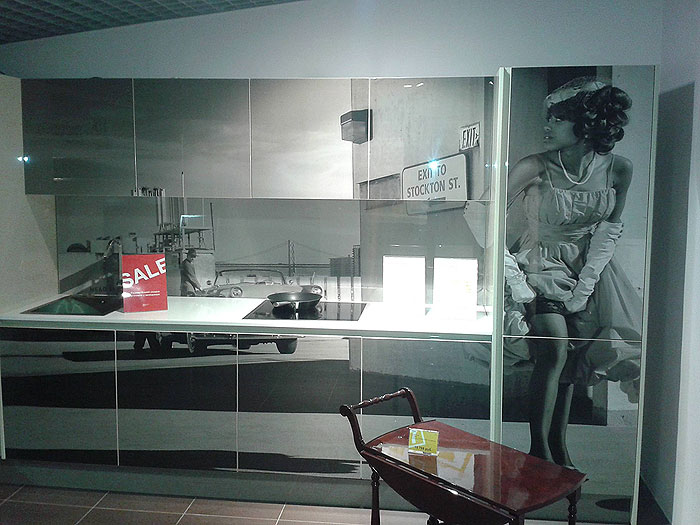
2013-08-06 20:54:58
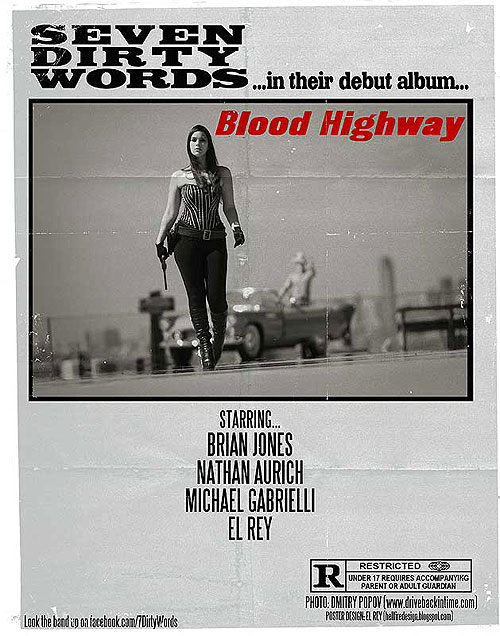
"Seven Dirty Words" is a Rock | Punk | Metal band based out of Huntington Beach, CA. In 2012 this band released their new CD titled Blood Highway with my picture on the cover.
2013-02-17 20:56:15
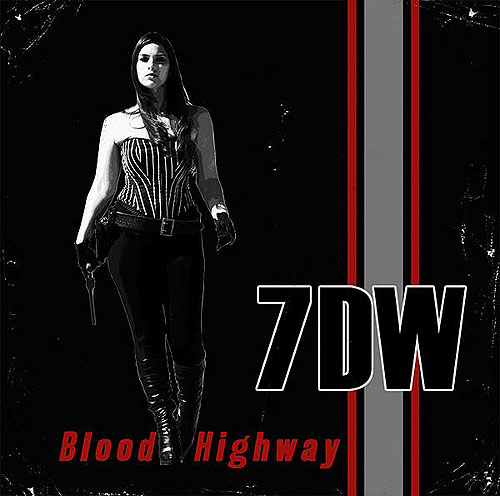
The actual Blood Highway CD cover.
2013-02-17 20:42:53
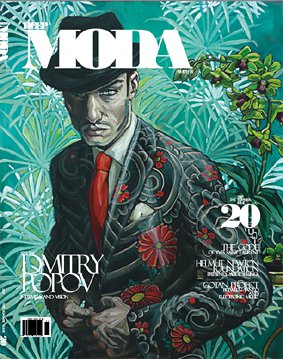
2013-02-17 20:31:03
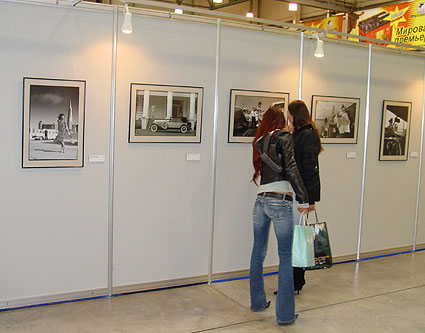
2013-02-17 20:27:54
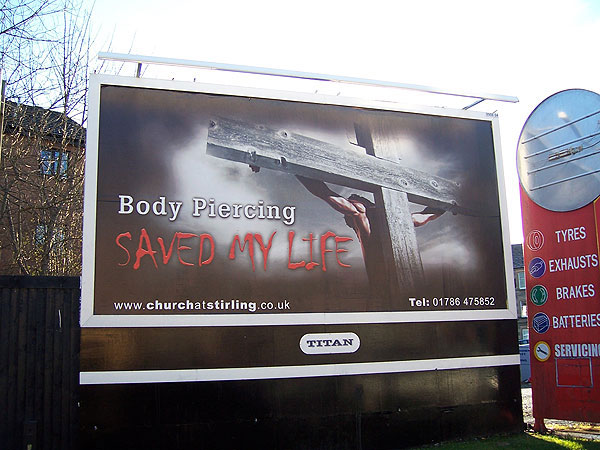
Amarillo, Texas.
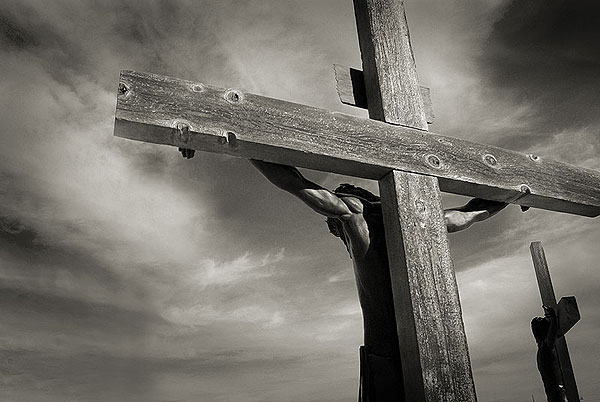
2013-01-02 01:14:08
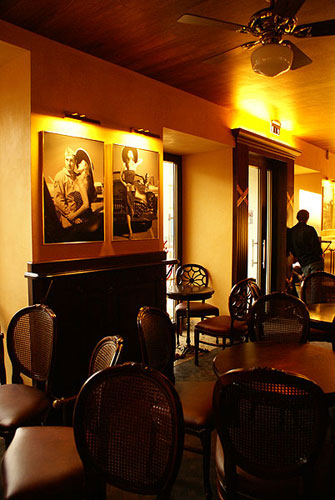
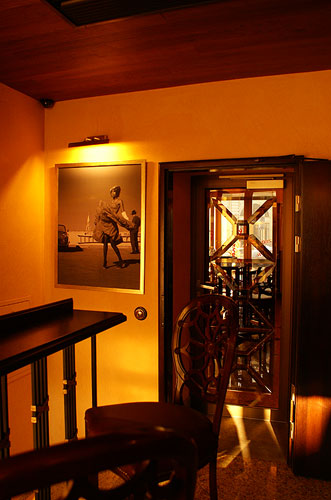
2012-12-29 21:01:12
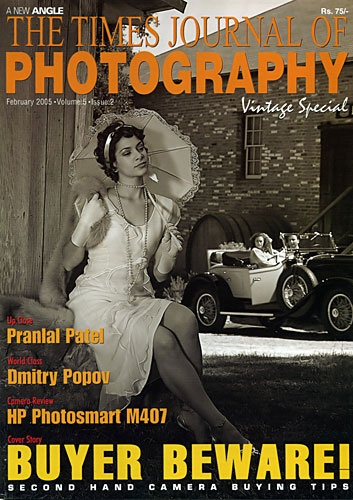
How did you start photography? How did you come up with the idea to make a career in photography?
I started as a photographer through my work as a journalist. In fact, I got involved with both at the same time. After graduating from university I got a job as a staff write at the “Soviet Culture”, one of the largest newspapers in the Soviet Union. I was once working on a story and a photographer I was working with could not make the shoot. I ended up doing everything myself – writing the article and providing illustrations for it. The publication of my article was successful. I never imagined, however, that taking a good photograph was easy. I was surrounded by many professional photographers who dedicated their whole life to photography. I think that working at that paper was a good learning experience.
I quickly realized that one’s value as a journalist was much more if they could work not only with words, but also with images. In order to become a successful photographer one would have to try to do something different than any average person could manage. I remember one lesson taught to me in my first year at the paper by a more seasoned professional photographer. I asked him about which camera I should choose to work with. His reply was short: “A real professional can take photographs even with a matchbox.”
This metaphor is more pretty than correct, especially since the man owned the most advanced and expensive camera available at the time. But it still gives you something to think about, don’t you think?
Has it been tough? Did you feel some other profession would be better for you?
Looking back, I think the way was my career started was very easy. I think I lucked out with the staff columnist job that I had. It guaranteed a much secure, relaxed life than being a freelancer. It’s become tougher now as I have to perform and finance all of the functions of my “cinema studio”.
I have to eat all cost of production unless I make a product – pictures. Imagine this - you found a theme, found a location, got all permits, found a star and a few models, rented costumes, paid insurance, found a car, rented lighting. But the star of the show overslept and couldn’t find the location. Or the car broke down on the way. Since the main object of the photo shoot is the antique car, the probability of it breaking down is much higher. Or the weather has changed and it started raining... Can you see this? Now imagine that none of these situations are fictional. They all happened to me.
Which was your first major assignment? How did it go?
I went to hard-to-reach historic Russian towns and photographed the local ways of life and architecture. Actually, I dream of another assignment like that. I would do everything different now.
What is the “Drive Back in Time” project about?
I once worked for Autopilot, an automotive enthusiasts` magazine that had a section dedicated to classic automobiles. To make it more interesting, my colleagues Dmitry Gronksy and our staff photographer Dmitry Novokreschenov decided not to just simply photograph cars, but to stage a show featuring buildings and people wearing costumes of the period when the featured car was manufactured. This idea was so successful that it became a part of every issue coming out monthly. In recent years it has changed quite a bit since other photographers, including some of the better known in Russia, began to contribute. Although, I joined the project from the very beginning, as a photographer I got involved in it after I moved to the US. I was fortunate to find a number of very enthusiastic people to work with and new possibilities for choices of cars, locations, and models. I approach every theme like a little movie production shot with a camera. Ideally, the series of pictures should tell a story as single picture can do. It is, certainly, a vague stylization of the era and it is not exact. For example, I often hear criticism such as neckties worn by models do not look like those from the 30s, the camera lenses being too modern, the walkways looking too obviously concrete. It is okay, I take all criticism and try to work on any mistakes I make. However, any historic Hollywood movie has thousands of inaccuracies and mistakes that no one pays attention to, so I think my errors are easily forgivable. It is not a retro, but a genre inspired by retro. My pictures are not historically accurate just like, for example, “Indiana Jones” is not an accurate reflection of World War II.
So, you mean the website “Drive Back In Time” has pictures already published in the magazine?
No, not exactly. The magazine has its priorities and selects mostly pictures with the cars and their details. Quite often I put up pictures that never get published. They mostly have people in them. In the magazine, the pictures provide an illustration to the article’s story, on the website they do not. I like the fact that the photographs on the site sometimes seem odd and leave room for imagination.
What are your current and future projects?
The starting point of a story is the year of a car production. The starting point of the choice of a car is the combination of what the magazine wants and my luck finding the car. We still have not done any cars from the dawn of automobiles. That would be an interesting venue to explore. There are some other ideas, for example, Hollywood movie stars and their cars. Other ideas has something to do with fashion from the 20s and 60s. I want to make every next project more complex than the previous one. It all depends on the budget, though.
Which has been your most satisfying assignment?
I have had several. Usually, I derive satisfaction not only from a successfully implemented plan but also from getting people excited about the project. One of the more memorable assignments was a Buick from late 30s made around the same year as the opening of the San Francisco Golden Gate Bridge and beginning of the Second World War a little later. In those years, many soldiers and officers from Northern California toured the new sites around the city and were leaving for Pearl Harbor to never come back. I tried to give a hint at that in the photos. A couple of enthusiasts, to whom I am grateful, helped make it happen. It was not important that the permit to shoot with the bridge on the background cost several hundred dollars. Or, that a million dollars worth of insurance had to be purchased for the shoot. When you deal with cars and costumes, the shoot-and-run approach does not work.
Is there something that you enjoy shooting most?
People and their emotions.
Who are your favorite photographers?
Talking about fashion photographers, I like David LaShapelle. Rodney Smith, especially since he doesn’t watch contemporary movies. Photo artists J.P. Witkin, G. Hellnwein. I keep an eye on the newly emerging great photographers in Russia – Vladimir Klavijo, Vadim Piskarev... Just from the top of my head…
Who has been instrumental in shaping your style?
I was once hypnotized by a photograph I saw at a coffee shop in Monterey, California. It looked staged and real at the same time. It was an old photograph and anonymously produced. It felt like it was surrounded by mystery. I get inspired by old photographs taken by ordinary anonymous people.
Do you shoot digitally? What do you think about the future of analogue vis-à-vis Digital?
I now use only digital. It is convenient and works well since I do a lot of work for the magazine. However, even though digital has completely taken over, photographers do not appear to be moving to it too quickly.
Where do you see yourself some years down the road?
I would like to be in my own studio surrounded by assistants and fans. I’m just kidding.... Actually, I want my projects to grow and my photographs to live longer life than that given to them by the publication in a magazine.
2012-12-29 20:47:27
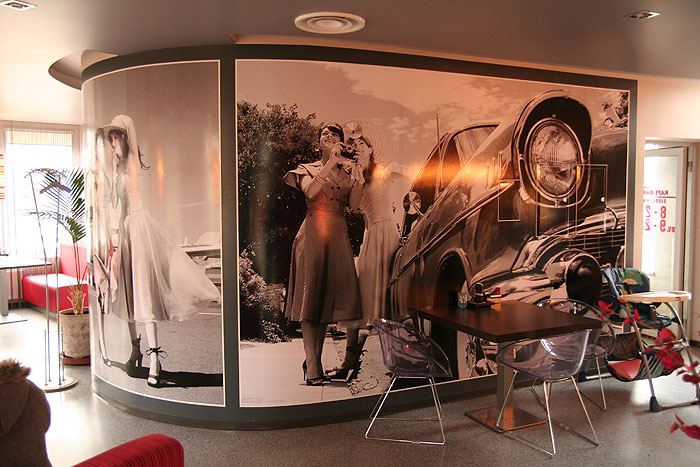 ​
​
2012-12-29 20:24:29
